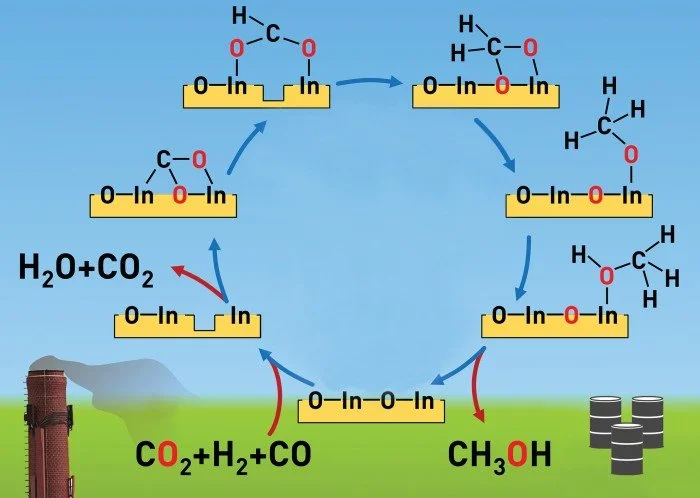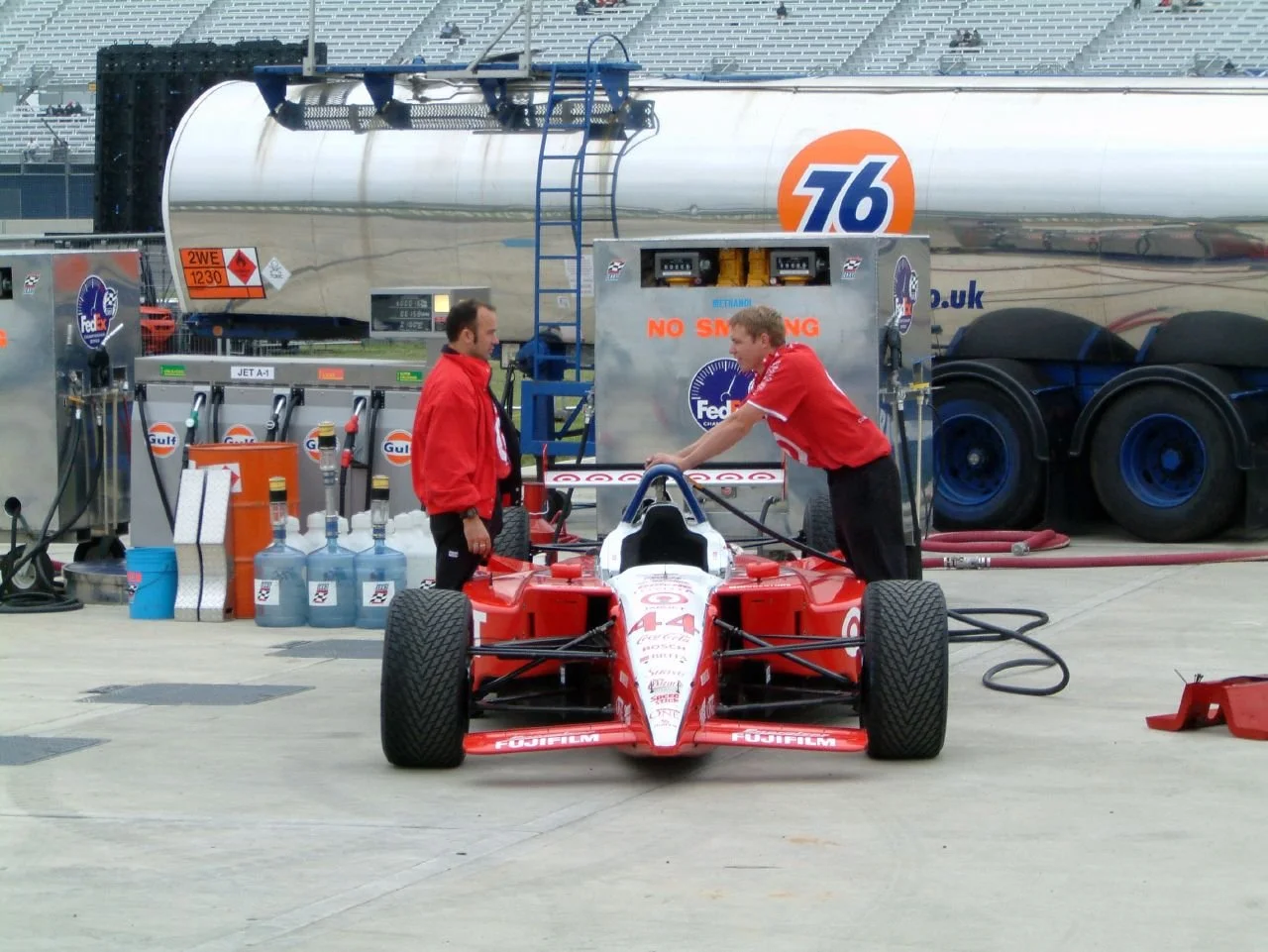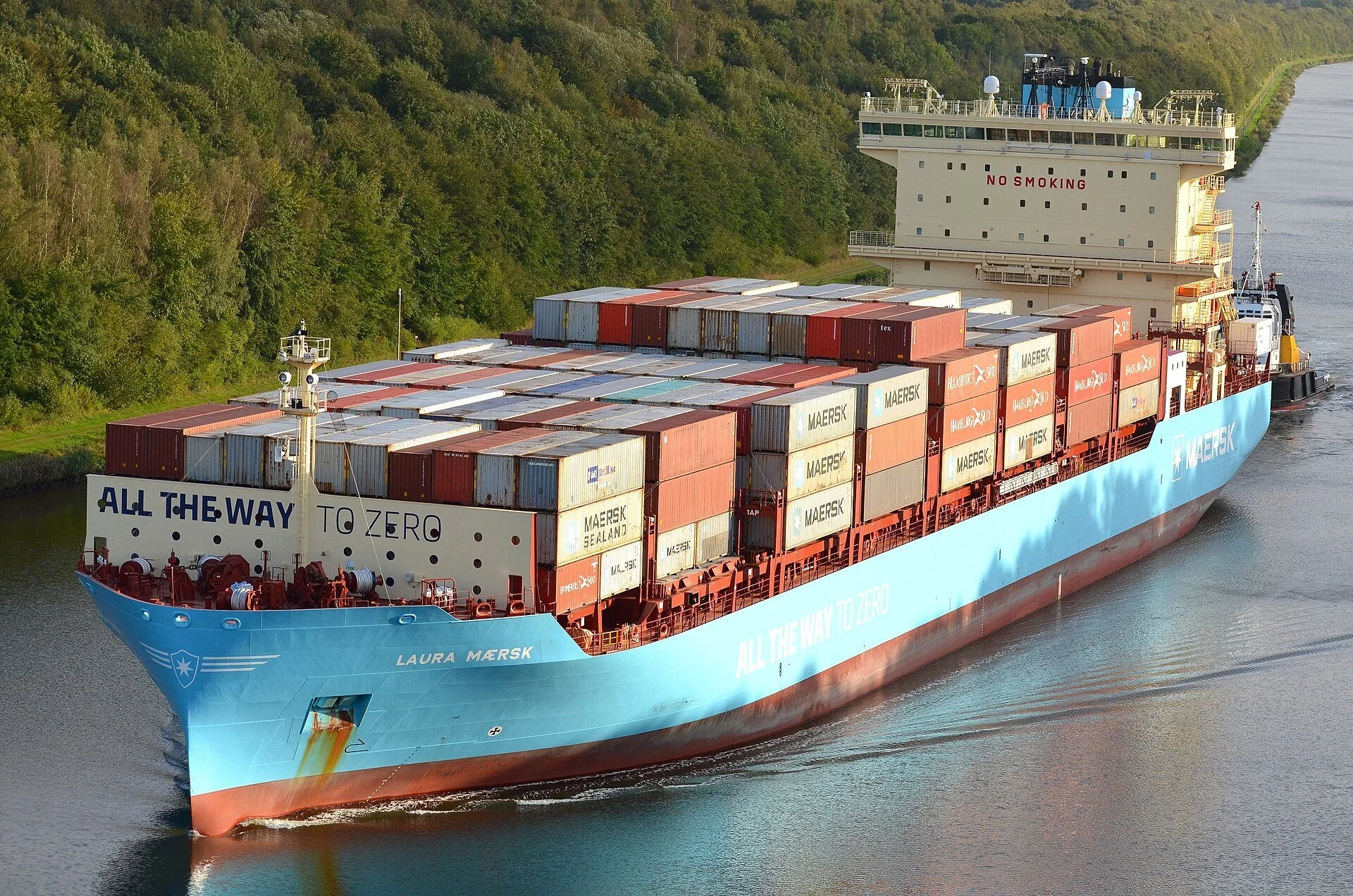Synthetic Carbon Fuels? Or Green Ammonia ?
Green Ammonia isn’t the only fuel that can be produced from renewable energy. It’s also possible to produce Green carbon-based fuels, among them methane, methanol, ethanol, dimethyl ether (DME) and light hydrocarbons such as ‘sustainable aviation fuel’ (SAS). This involves capturing CO2 from air, or from concentrated streams (for example at power stations, breweries or cement plants), then reacting it with Green hydrogen to create methanol, alkanes and other molecules. When the fuels are burnt, their carbon is typically emitted to the atmosphere as CO2. In our opinion synthetic carbon fuels offer a useful short-term expedient for companies keen to achieve net-zero rapidly; but longer term it’s essential to achieve a 100% decarbonised energy system.
How it’s Done
Significant volumes of synthetic carbon based fuels are already being manufactured by steam reformation of coal to carbon monoxide and hydrogen, then subjected to the Fischer Tropsch process (FTP) to produce alkanes of various carbon chain lengths some of which may be used as fuel, and others as lubricants.
The FTP may be adapted to work from carbon dioxide captured from biomass, power plants or cement works, or directly from the atmosphere, and green hydrogen to produce ‘green’ synthetic fuels. The methanol synthesis uses two stages of hydrogenation:
the ‘reverse water−gas shift reaction’ (RWGS) (CO2 + H2 → CO + H2O), and
carbon monoxide hydrogenation to methanol (CO + 2H2 → CH3OH).
Image: Methanol synthesis from carbon dioxide and hydrogen. Vacancies on the surface of a ZrO2-supported In2O3 catalyst play a key role in the process. Credit: 改编自 Qingfeng Ge & Javier Pérez-Ramírez via C&E News.
One Big Problem
Synthetic carbon fuels are a technically viable solution and have value in achieving near-immediate reductions in carbon emissions. But we need to look at it in the context of the world’s trajectory to a zero-carbon future in which temperature rises are limited to 1.5C in accordance with climate commitments and treaties.
These require the complete cessation of fossil fuel combustion by 2050-2060 followed and a long period (50+ years) in which a huge volume of excess carbon dioxide is removed from the atmosphere and put into safe long term storage, for example in stable geological structures or deep ocean. According to the IPCC Special Report: Global Warming of 1.5C, Summary for Policymakers, 2018,
“C.3. All pathways that limit global warming to 1.5°C with limited or no overshoot project the use of carbon dioxide removal (CDR) on the order of 100–1000 GtCO2 over the 21st century.”
At present the world appears to be set on a ‘high overshoot’ pathway requiring the removal from the atmosphere of some 1,000Gt of CO2 over the second half of this century. This represents 20 Gt/year, 2.3 Mt/hour, or 638 t/s.
In the post-fossil fuel era, the world will also need atmospheric CO2 to make carbon-based materials (plastics, lubricants, rubber, chemicals, etc) currently made from fossil fuels. The 2021 ‘Industrial need for carbon in products’ study identified a need in 2050 for 1.2 Gt/year of carbon for such uses, requiring the sequestration of 4.5 Gt/year of CO2.
It takes about 500t of coal to generate 1GWh of electricity (US figure), so the rate of CDR required for 24.5 Gt / year can be visualised as over 10,000 large (2GW) coal-fired power stations running backwards - removing CO2 from the atmosphere instead of pumping it in.
This undertaking will be the most enormous and costly human enterprise ever, and put immense pressure on both human and terrestrial resources. So the last thing the world will want is to have to perform even more CDR to make carbon-based synthetic fuels.
Current CO2 emissions are 37.4 Gt/year. Even if only a small proportion of current fossil fuel use is to be replaced by synthetic carbon fuels that would greatly increase the required volume of CDR, and all the associated difficulties.
Image: IPCC projections of required carbon dioxide future removal (CDR) to meet global temperature within 1.5C of historic levels, based on four emissions scenarios. Unfortunately the world emissions appear to be on a trajectory most closely resembling P4, requiring ~ 100Gt of CDR in the later part of this century. Source: IPCC Special Report: Global Warming of 1.5C, Summary for Policymakers, 2018.
Image: a field of Giant miscanthus grass, a highly productive biomass crop suited to combustion in biomass power stations, which could be fitted with CO2 removal (CDR) plant to form the basis of synthetic fuels, chemicals, and CO2 sequestration. Credit: Hamsterdancer via Wikimedia, CC BY-SA 3.0.
Pros and Cons
Synthetic carbon-based Green fuels like methanol do have some advantages over Green ammonia:
they have a slightly higher energy density (by weight and volume) than ammonia;
they can generally be kept in tanks at ambient temperature and pressure;
there’s an enormous existing fossil fuel-based industrial and transport infrastructure, that synthetic carbon fuels can fit into at a lower adaptation cost;
they are not acutely toxic.
However Green ammonia has its own advantages:
it’s cheaper to make than methanol or other synthetic carbon fuels;
this price differential is likely to get bigger as rich streams of CO2 become more scarce, while nitrogen remains abundant in the atmosphere;
ammonia presents a low fire / explosion hazard compared to carbon-based fuels;
it also has a powerful, penetrating odour, so any leaks are rapidly detected; and
ammonia emits no CO2 into the atmosphere when burnt.
Photo: methanol-fuelled racing car at the Rockingham Motor Speedway in 2002. Converting petrol or diesel engines to run on methanol - Green or otherwise - is relatively inexpensive. Credit: BigTallGuy via Wikimedia Commons CC BY 2.0.
The Danish shipping company Maersk launched its first dual fuel tanker designed to operate on either conventional fuel oil or Green methanol in 2023, the first of 25. The company has committed to achieving zero-emissions shipping by 2040, and there’s little doubt that this is the quickest transition route available.
As Maersk explains the situation: “Currently, the only scalable solution is green methanol and we have two operating vessels capable of green methanol and another 23 on order. Ammonia could be a promising green fuel option later in this decade, however, there are still safety issues to be resolved as it is a toxic gas. At Maersk, we see a future consisting of a mix of different green fuel solutions.”
In general, Green methanol is a solution that can be implemented rapidly, and without harm if it’s capturing CO2 from emissions that would otherwise enter the atmosphere. But it’s less sustainable in the long term than ammonia: as rich sources of CO2 become scarce, it will have to obtained at higher cost (in money and energy) via direct air capture (see above).
For more information see the Royal Society’s 2019 briefing paper Sustainable synthetic carbon based fuels for transport, which foresees that Green methanol will cost almost 20% more than Green ammonia.
Clearly, these synthetic Green fuels have a role in the short term for companies like Maersk that are eager to decarbonise rapidly, without having to replace existing equipment. In the longer term the technologies employed will be essential for producing fossil fuel-free lubricants, paints, varnishes, resins, plastics, chemicals, pharmaceuticals, etc. As such, early investment in the synthetic carbon-based fuel sector could assist long term global decarbonisation.
However if long-lived new plant is being commissioned, ammonia has better long term prospects - if only once a secure supply of Green ammonia is secured: production is approximately doubling every year, but remains at a relatively low level.
And as decarbonisation progresses and CO2-rich exhaust gases become scarce, ammonia will have the advantage since the element at the core of the molecule, nitrogen, will always be readily available by separation from the atmosphere.
Recent Developments
Photo: Launched in 2023, the Laura Maersk is the world's first container ship to be powered by a methanol engine, intended to burn synthetic Green fuel. Credit: Jens Dohrn CC BY-SA 4.0.
Image: should we be making new carbon fuels from sequestered CO2? Or burying all we can below ground and sea, as shown in this schematic diagram? Credit: The joy of all things CC BY-SA 4.0.






